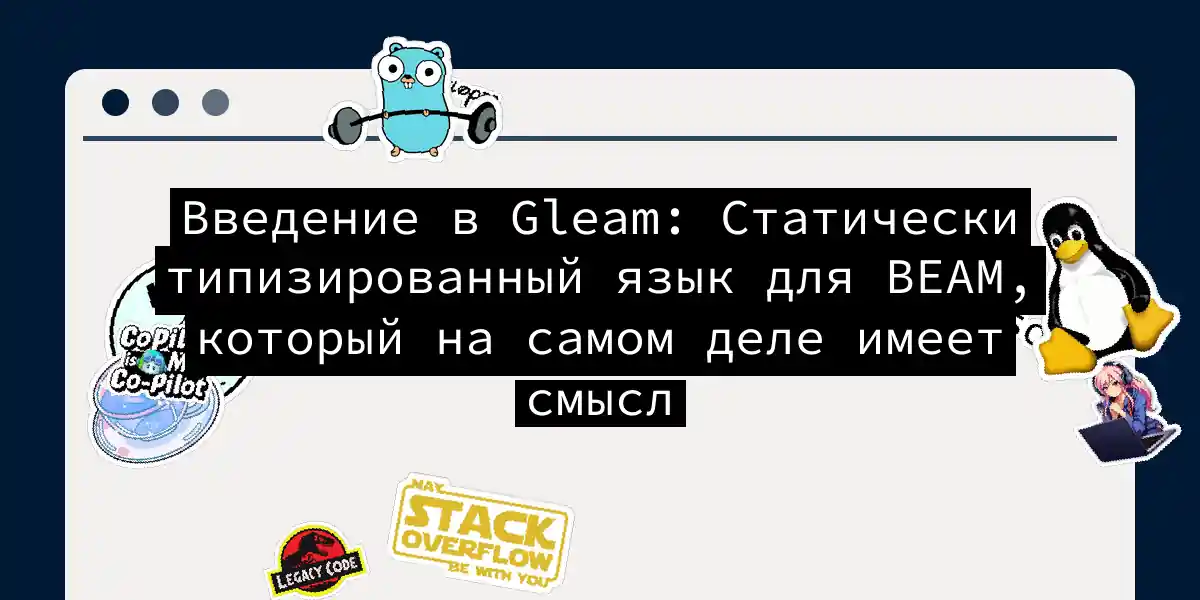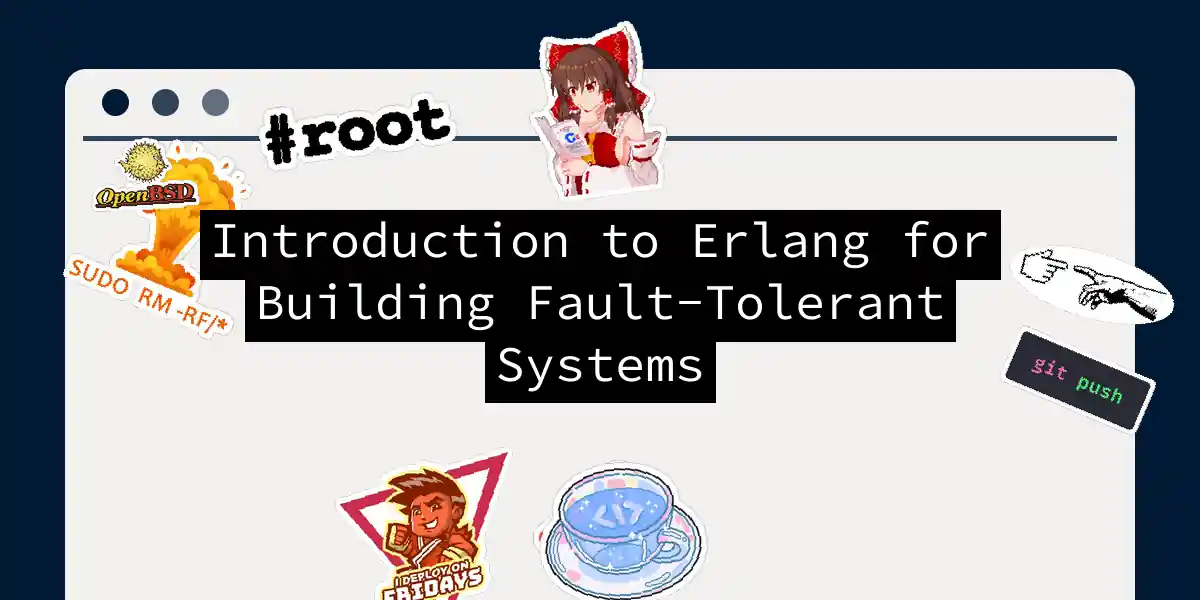
Introduction to Gleam: A Statically Typed Language for BEAM That Actually Makes Sense
Picture this: you’re sipping your morning coffee, browsing through yet another “revolutionary” programming language announcement, when suddenly you stumble upon something called Gleam. Your first thought? “Great, another JavaScript framework disguised as a programming language.” But hold your horses – Gleam is something entirely different, and dare I say, refreshingly sane. Gleam isn’t trying to reinvent the wheel or solve world hunger through blockchain-powered AI. Instead, it’s doing something much more valuable: making functional programming on the BEAM accessible without sacrificing the power that makes Erlang and Elixir so compelling for building bulletproof systems....


